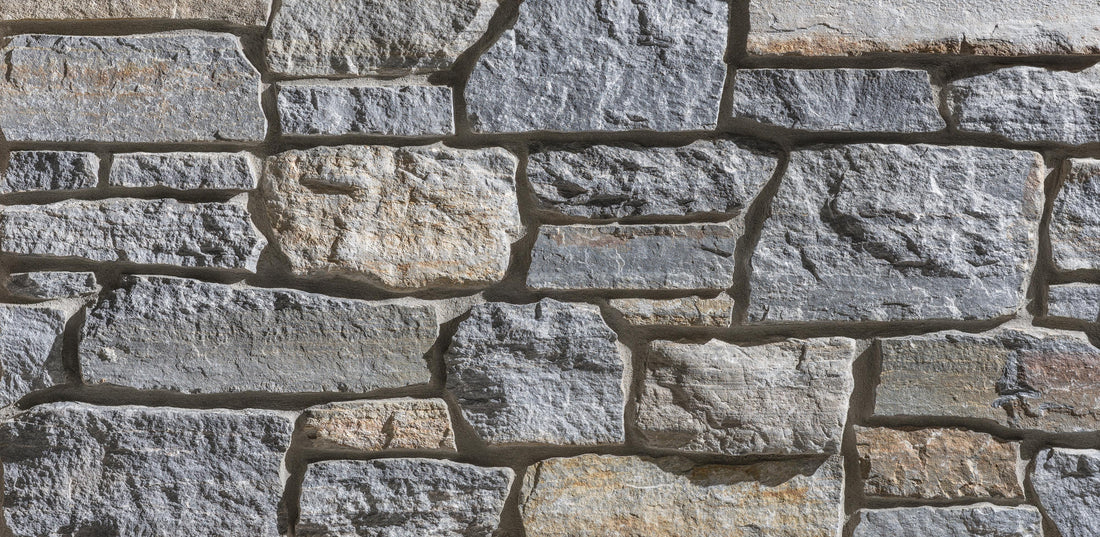What are the Disadvantages of Cast Stone?
Cast stone, a versatile and aesthetically pleasing material, offers a range of benefits for both residential and commercial projects. However, like any building material, it also has its drawbacks. Understanding these disadvantages is crucial for making informed decisions about whether cast stone is the right choice for your specific needs.
In this comprehensive guide, we will delve into the potential downsides of using cast stone, helping you weigh the pros and cons effectively. By the end, you'll have a clearer picture of whether this material is suitable for your project.
Higher Initial Cost Compared to Alternatives
One of the most significant drawbacks of cast stone is its initial cost. Compared to materials like concrete, brick, or even some types of natural stone, cast stone is typically more expensive. This higher price point can be a significant factor for those working with tight budgets.
Potential for Cracking and Damage
While durable, cast stone isn't impervious to damage. Improper installation, exposure to extreme temperature fluctuations, or impacts can lead to cracking or chipping. The repair of such damage can be costly and time-consuming, further adding to the overall project expense.
Weight and Transportation Challenges
Cast stone is a relatively heavy material. This weight can pose challenges during transportation and installation, requiring specialized equipment and potentially increasing labor costs. Larger pieces can be particularly difficult to maneuver, especially on construction sites with limited access.
Maintenance Requirements
Cast stone, while generally low-maintenance, still requires periodic cleaning and sealing to maintain its appearance and protect it from the elements. Neglecting maintenance can lead to deterioration and a reduction in the material's lifespan.
Limited Color and Texture Options (Compared to Natural Stone)
While cast stone offers a wide array of colors and textures, the range is still typically more limited than what's available with natural stone. If you're looking for a highly specific color or a unique natural texture, cast stone might not be able to perfectly replicate it.
Susceptibility to Freeze-Thaw Cycles
In climates with frequent freeze-thaw cycles, cast stone can be susceptible to damage. Water can penetrate the material, freeze, and expand, causing internal stresses that can lead to cracking. Proper sealing can mitigate this risk, but it's still a factor to consider.
Less Environmentally Friendly than Some Alternatives
The manufacturing process of cast stone involves energy consumption and the use of various chemicals. Compared to some more sustainable materials, such as recycled materials or certain types of responsibly sourced natural stone, cast stone's environmental impact may be higher. However, advancements in manufacturing are leading to more eco-friendly practices.
Finding Skilled Installers
Because of the material's weight and the precision required for installation, finding skilled and experienced installers can be crucial. Improper installation can negate many of the benefits of cast stone and lead to the problems mentioned above.
Conclusion
Cast stone offers undeniable aesthetic appeal and durability, but its higher cost, potential for damage, weight, and maintenance requirements are important factors to weigh. By carefully considering these disadvantages and comparing them to the benefits, you can make a well-informed decision about whether cast stone is the best choice for your specific project in 2025.
Frequently Asked Questions (FAQs)
- Is cast stone easy to maintain? While generally low-maintenance, regular cleaning and sealing are recommended to protect it from the elements and maintain its appearance.
- How long does cast stone last? With proper installation and maintenance, cast stone can last for many decades.
- Is cast stone more expensive than other materials? Yes, cast stone typically has a higher initial cost compared to materials like concrete or brick.
- Can cast stone be repaired? Yes, but repairs can be costly and may not always be seamless.
- Is cast stone environmentally friendly? While its environmental impact is less than some alternatives, advancements in manufacturing are continuously improving its sustainability.

